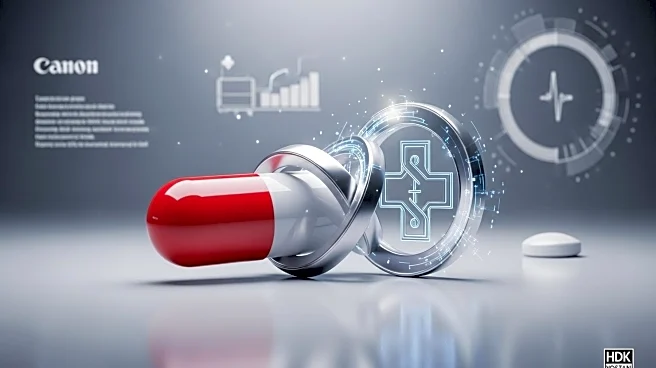What's Happening?
The European Patent Convention (EPC) presents significant challenges for neurotechnology patents, particularly concerning methods for treatment of the human or animal body by surgery or therapy. Article 53(c) of the EPC excludes these methods from patent protection, aiming to ensure medical professionals can choose treatments without patent infringement concerns. While devices can be patented, methods of using these devices in medical settings cannot be considered infringing acts. This legal framework contrasts with the U.S., where such methods can be patented more readily. The exclusion applies regardless of whether a human or machine performs the method, as demonstrated by Neuralink's recent patent filing, which had to be reframed to focus on configuring a robot before surgery rather than during the procedure.
Why It's Important?
The exclusion under Article 53(c) is crucial for maintaining unrestricted treatment options for healthcare professionals, ensuring they can select the most suitable treatments without legal barriers. This legal nuance impacts the commercialization of neurotech innovations in Europe, requiring inventors to focus on patenting devices rather than methods. The approach encourages innovation in device development while safeguarding medical practices. For companies like Neuralink, understanding these legal boundaries is essential for navigating patent strategies and achieving commercial success in the European market.
What's Next?
As neurotechnology continues to evolve, companies must develop patent strategies that align with the EPC's restrictions. This involves focusing on device innovation and ensuring claims do not infringe on method exclusions. Future developments may include refining patent applications to emphasize technical contributions of devices rather than methods. Companies will need to balance innovation with compliance to protect their inventions effectively while adhering to European legal standards.
Beyond the Headlines
The EPC's exclusion of medical methods highlights ethical considerations in patent law, ensuring that healthcare professionals can prioritize patient care over commercial interests. This legal framework supports the principle of unrestricted access to medical treatments, fostering an environment where innovation can thrive without compromising patient welfare.











